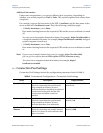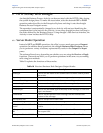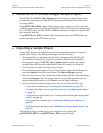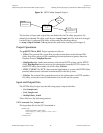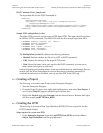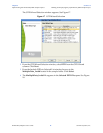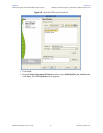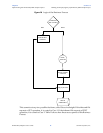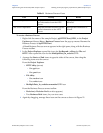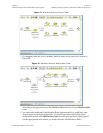
Chapter 6 Section 6.5
Implementing the HTTPS eWay BPEL Sample Projects Building and Deploying the prjHTTPClient_BPEL Sample Project
HTTPS eWay Adapter User’s Guide 60 Sun Microsystems, Inc.
Figure 16 HTTPS eWay Sample Project
The location of input and output files are defined by the File eWay properties. By
default, the inbound File eWay reads from c:\temp\input*.txt. The default is changed
for the Project’s outbound File eWay, which sends the resulting data to
c:\temp\output%d.html (%d represents the serial index starting with integer 0).
Project Operations
The prjHTTPClient_BPEL Project operates as follows:
FileIn: The external file system that provides instructions to the inbound File
eWay; this eWay gets a text file containing the instructions and passes them to a
Business Process, HttpBpelService.
HttpBpelService: Sends instructions to the desired HTTP system via the HTTPS
eWay. HttpBpelService also receives the information from the HTTPS system, via
the HTTPS eWay, then sends it to a File eWay, FileOut.
HTTP_CLIENT: The HTTP client external application or system; the HTTPS eWay
handles inbound and outbound communication with this system.
FileOut: The external file system that receives the information via HTTP; another
File eWay writes the received information to a text file on this system.
Input and Output Data
The HTTPS eWay Project uses the following input/output data files:
Get_Sample.xml
Post_Sample.xml
MultipleData_In.dtd
These files have the following content:
GET Command: Get_Sample.xml
The input data file for the GET command is:
<website>
<method>GET</method>
<url>http://www.yahoo.com</url>
<data/>
</website>
Inbound File
Application
Outbound File
Application
File In, to
HTTP, to File
Out
Collaboration
HTTP(S)
eWay




